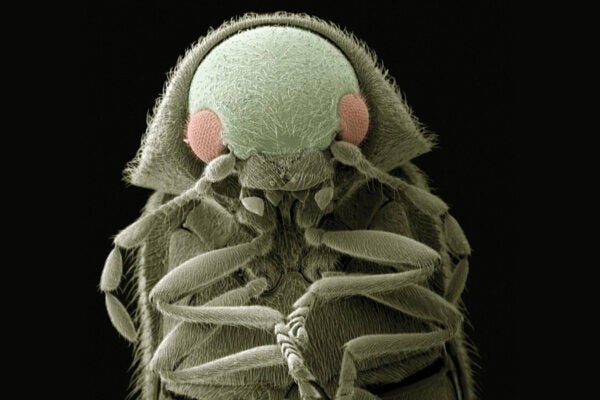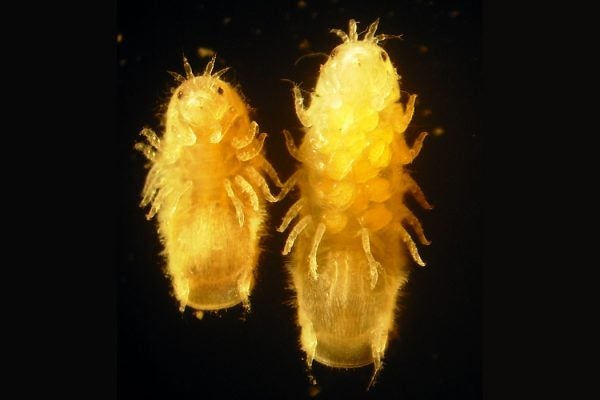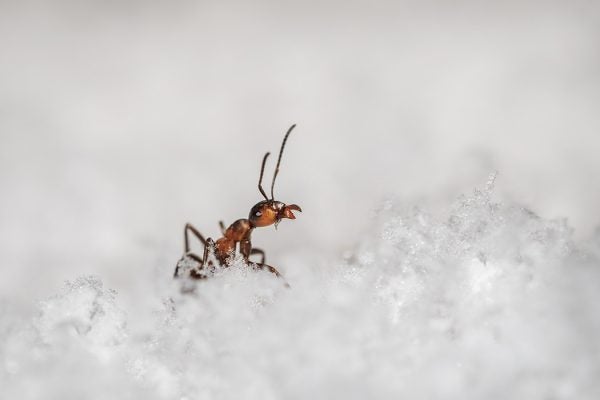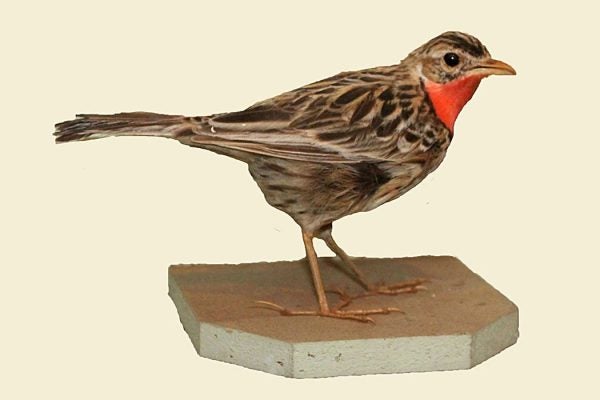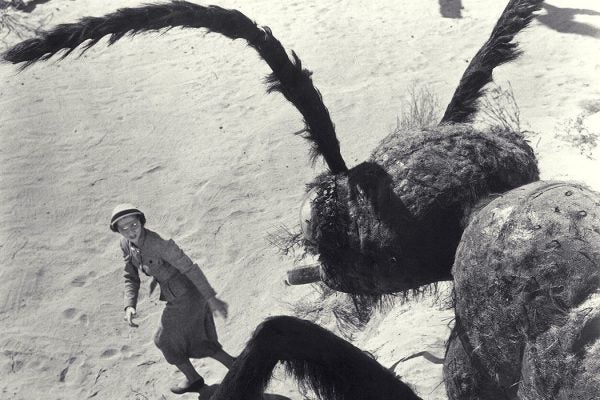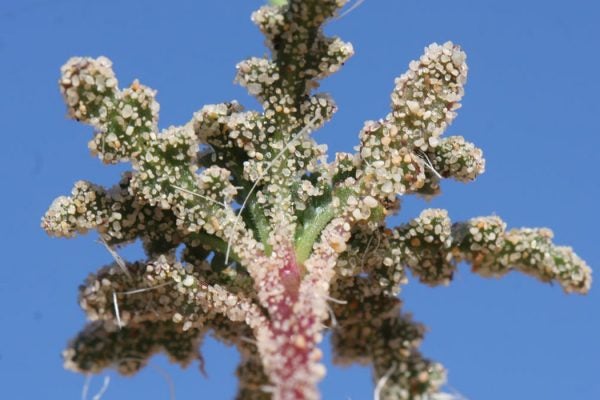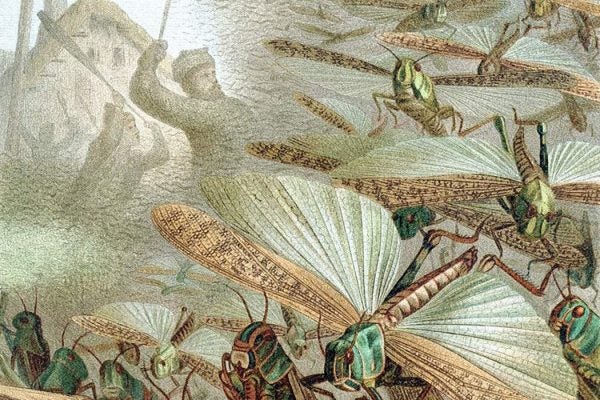As You Lakh It
How did an oleoresin produced by insects in Asia become a standard part of European furniture manufacture and conservation?
Bugging Out
The complicated, ever-changing, millennia-long relationship between insects and humans.
Historical Bugs: Archaeoentomology
The remains of ancient insects reveal new information about Paleo-Eskimo life and the history of the Norse in Greenland, Iceland, and the Faroe Islands.
How “Termites of the Sea” Have Shaped Maritime Technology
These small marine pests have been eating our ships for millennia, forcing us to keep building better boats throughout history.
How Do Insects Survive Winter?
Some species have adapted to get themselves close to freezing without dying.
How Ornithologists Figured Out How to Preserve Birds
A very nineteenth-century-science problem: lots of decaying avian specimens.
Dude, There Are Sand Flies That Consume Cannabis
Could these blood-sucking pests actually have the munchies?
Fear of an Insect Planet
"Big bug movies" of the 1950s have been interpreted as projections of nuclear anxieties. But what if they were about...actual fear of bugs?
Some Plants Use Stickiness to Fend off Hungry Insects
For some sand-dwelling plants, stickiness is a defense tactic that keeps predators at bay.
How the Soviet Union Turned a Plague into Propaganda
The fight against locust swarms allowed the Soviet Union to consolidate power over neighboring regions.

